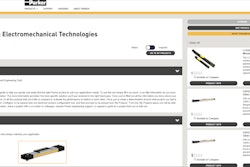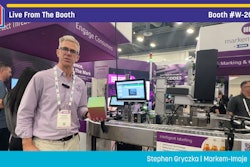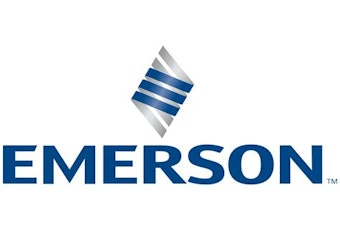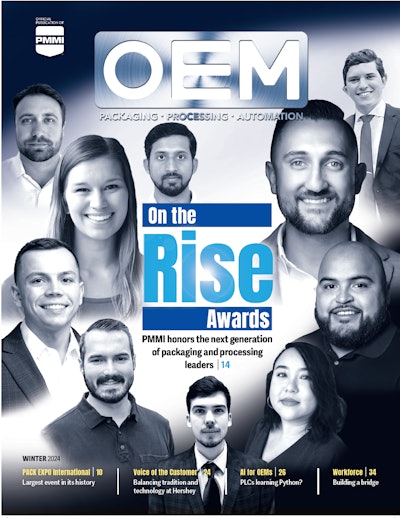Contributed by Sherman Joshua, Director of Market Development, Global Commercial Marketing, Rockwell Automation
As an OEM, you may already deliver smart machines. But providing additional services that leverage the data and connectivity of those intelligent assets can help manufacturers maximize productivity. And, for you, the machine builder, it can facilitate the transition from vendor to trusted partner, as well as from one-time equipment sales to annual, reoccurring services revenue.
Smart machine aftermarket services help differentiate your company and your offerings and extend your revenue stream beyond the initial purchase. They also create opportunities to work more closely with your customers by helping them understand and solve the issues that hold them back.
Getting smarter with your machines
When considering smart machine services, challenge your traditional understanding of what support can be. Support doesn’t need to be solely reactive or related to onsite maintenance. Think about how, as a partner, you can create and scale services to help your customers be successful in clever new ways. Some examples include:
Remote monitoring: This is the service most often discussed in the context of smart machines—and with good reason. It can help your customers more quickly spot and address issues, dramatically reducing downtime. A survey of OEMs showed that “30 percent or more of repairs can be made via the web by modifying parameters remotely or with minor assistance by an onsite person,” according to market research firm ARC Advisory Group.
Gaining access to machines and data remotely can also get you in the door to discuss additional service options with customers. And you can use the data gained through remote monitoring to improve your own engineering processes and machine productivity.
Outcome-based services: Smart machine services can use service-level agreements (SLAs) to give customers a guarantee around specific outcomes. Some popular SLAs include response time of people and parts, as well as equipment throughput and availability. OEMs that have remote visibility in to equipment status, coupled with service capabilities to respond reactively and proactively, are positioned to provide these guarantees.
Consumables as a service: These services provide parts, materials and maintenance to help your customers achieve specific outcomes. For example, an OEM that provides case packers could deliver raw materials and consumable mechanical components as a monthly service to help a customer meet production goals.
Equipment as a service: In this model, you don’t sell your machines or equipment, but instead, bundle the assets and any desired services—such as remote monitoring and proactive maintenance—for a flat monthly fee. Using the case packer example, the OEM could lease the case packer and remotely monitor its health for maintenance.
All these services allow you to become a true partner to your customers, playing an integral role in their operations to help them improve productivity and meet their business goals. They also allow you to create new reoccurring revenue streams.
Develop a strategy
So how do you implement smart machine services? Start by identifying the customer types or industry segments where you see the most potential and target them first. Also, determine if you can apply what you’re already doing with data and connectivity in new ways to help your customers.
For example, one OEM recently realized that the data they were using for their equipment design purposes would also be valuable to a customer. They now provide cloud-based dashboards and remote monitoring as a service to customers, directing them to issues that have the highest impact on production and identifying opportunities for optimization.
In addition, develop a clear strategy for monetizing smart machines with services. Implementing remote monitoring, cloud-based technologies and other offerings is not a small investment. It can be time consuming and expensive if a company is facing workforce and other resource shortages. It’s essential to focus your efforts in places that can provide value to your customers.
Understand how you will get a return—whether it’s with new or existing customers—within a reasonable time window. This should include identifying what data needs to be captured and determining how it will be captured and delivered to help optimize the customers’ operations. This will help mitigate up-front development costs by only focusing engineering and services efforts on the opportunities that will likely provide the largest return.
As you go through all of this, determine if your new services can be managed within your existing business or if you see enough opportunities that warrant an entirely new business unit. Remember, smart machines and services play into the larger trend of digital transformation—both for your customers and for you. Adopting smart machine services is a good move in the right direction to get ahead of the curve—and your competition.
For more information on smart machines, download Rockwell Automation’s Smart Machines eBook:
oemgo.to/smartmachine



















